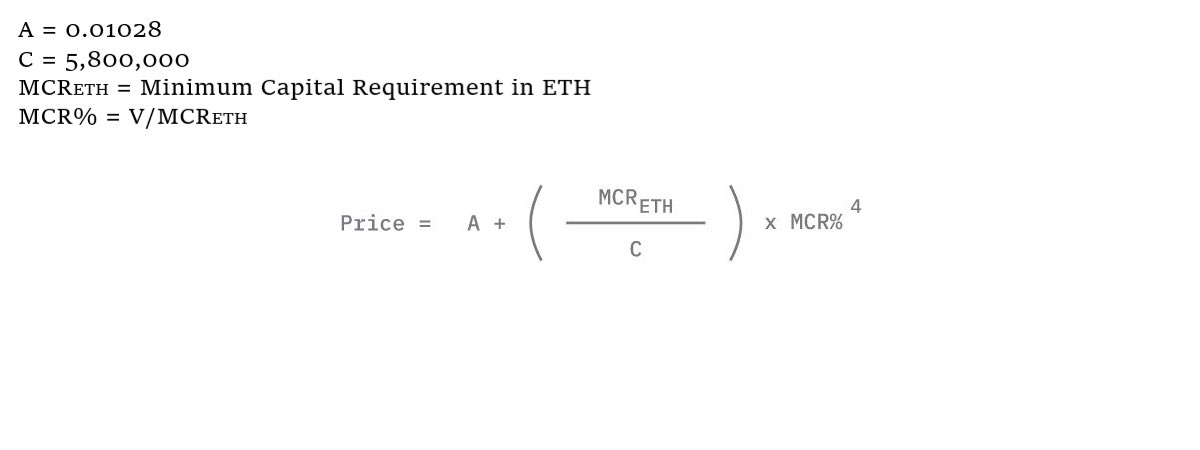
In order to buy cover through Nexus Mutual, you need to be a member. It’s an easy process.
You need to pay a membership fee of 0.002ETH and undergo a KYC/AML check.
You can read the details here: app.nexusmutual.io/membership (1/5)
You need to pay a membership fee of 0.002ETH and undergo a KYC/AML check.
You can read the details here: app.nexusmutual.io/membership (1/5)
There are many benefits for mutual members.
You can buy cover products and protect your assets in DeFi.
Members run the mutual. They are responsible for Risk Assessment, Claims Assessment, and Governance. (2/5)
You can buy cover products and protect your assets in DeFi.
Members run the mutual. They are responsible for Risk Assessment, Claims Assessment, and Governance. (2/5)
Risk Assessors create open cover by staking $NXM against platforms they believe are trustworthy/secure.
Claims Assessors review claims & vote using their discretion on whether to accept/decline a claim.
Members create proposals & vote to implement changes in the mutual. (3/5)
Claims Assessors review claims & vote using their discretion on whether to accept/decline a claim.
Members create proposals & vote to implement changes in the mutual. (3/5)
All forms of participation come with an opportunity to earn $NXM for being an active member of the mutual.
And, most importantly, you can secure your assets to be a more responsible degen.
You can ape with turtle power and bypass the FUD. (4/5)
And, most importantly, you can secure your assets to be a more responsible degen.
You can ape with turtle power and bypass the FUD. (4/5)
This concludes today’s threads covering all things @NexusMutual.
I’ll be back tomorrow with details on the $NXM token & the mutual’s capital pool.
If you want to learn more & don’t want to wait for my tweets, check out @NexusMutual: nexusmutual.io (5/5)
I’ll be back tomorrow with details on the $NXM token & the mutual’s capital pool.
If you want to learn more & don’t want to wait for my tweets, check out @NexusMutual: nexusmutual.io (5/5)
• • •
Missing some Tweet in this thread? You can try to
force a refresh





